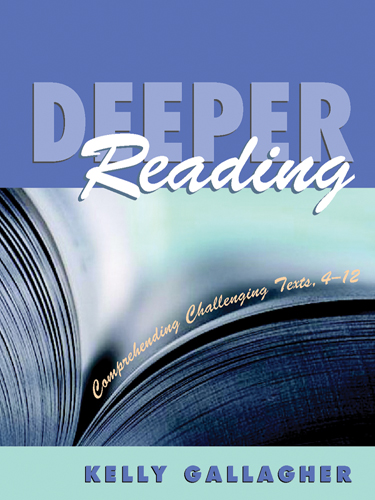This thesis presents a new strategy that unites qualitative and quantitative mass data in form of text news and tick-by-tick asset prices to forecast the risk of upcoming volatility shocks. Holger Kömm embeds the proposed strategy in a monitoring system, using first, a sequence of competing estimators to compute the unobservable volatility; second, a new two-state Markov switching mixture model for autoregressive and zero-inflated time-series to identify structural breaks in a latent data generation process and third, a selection of competing pattern recognition algorithms to classify the potential information embedded in unexpected, but public observable text data in shock and nonshock information. The monitor is trained, tested, and evaluated on a two year survey on the prime standard assets listed in the indices DAX, MDAX, SDAX and TecDAX.












